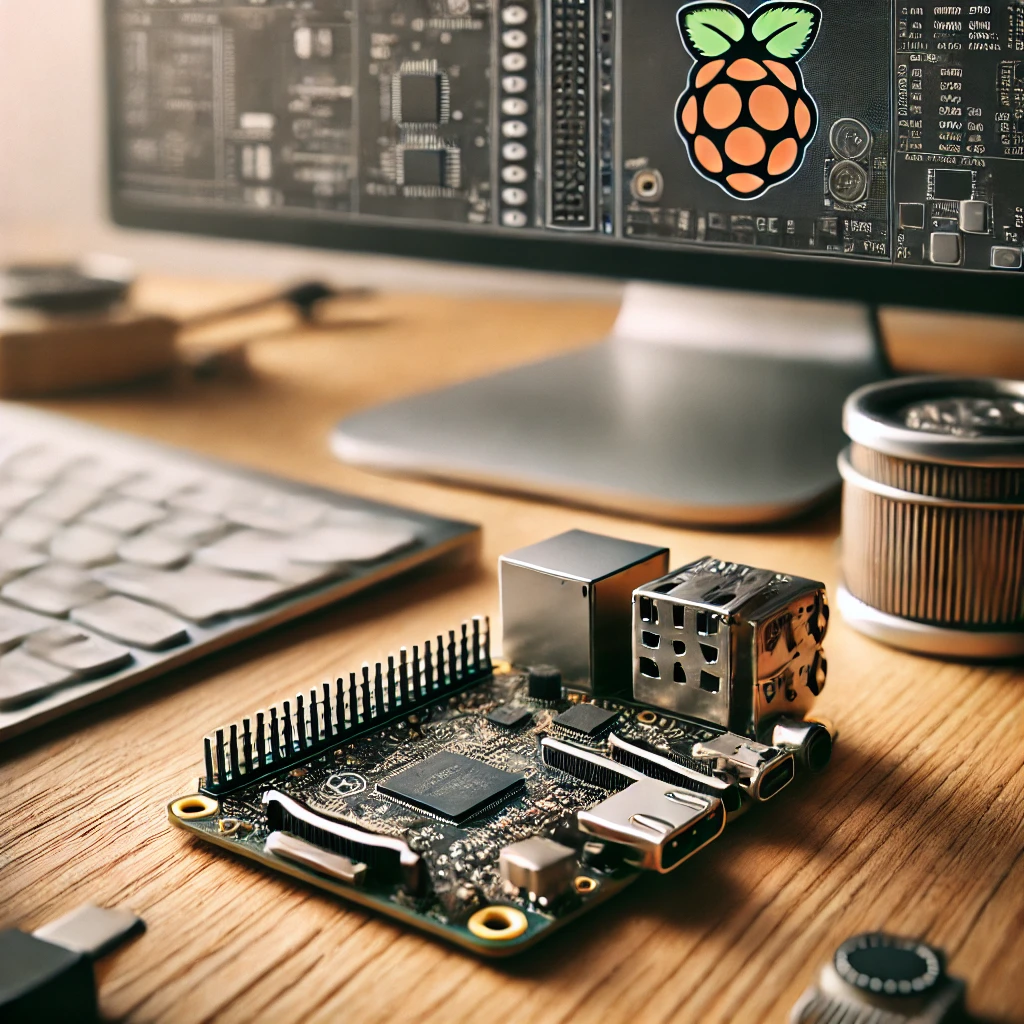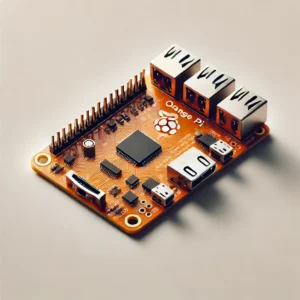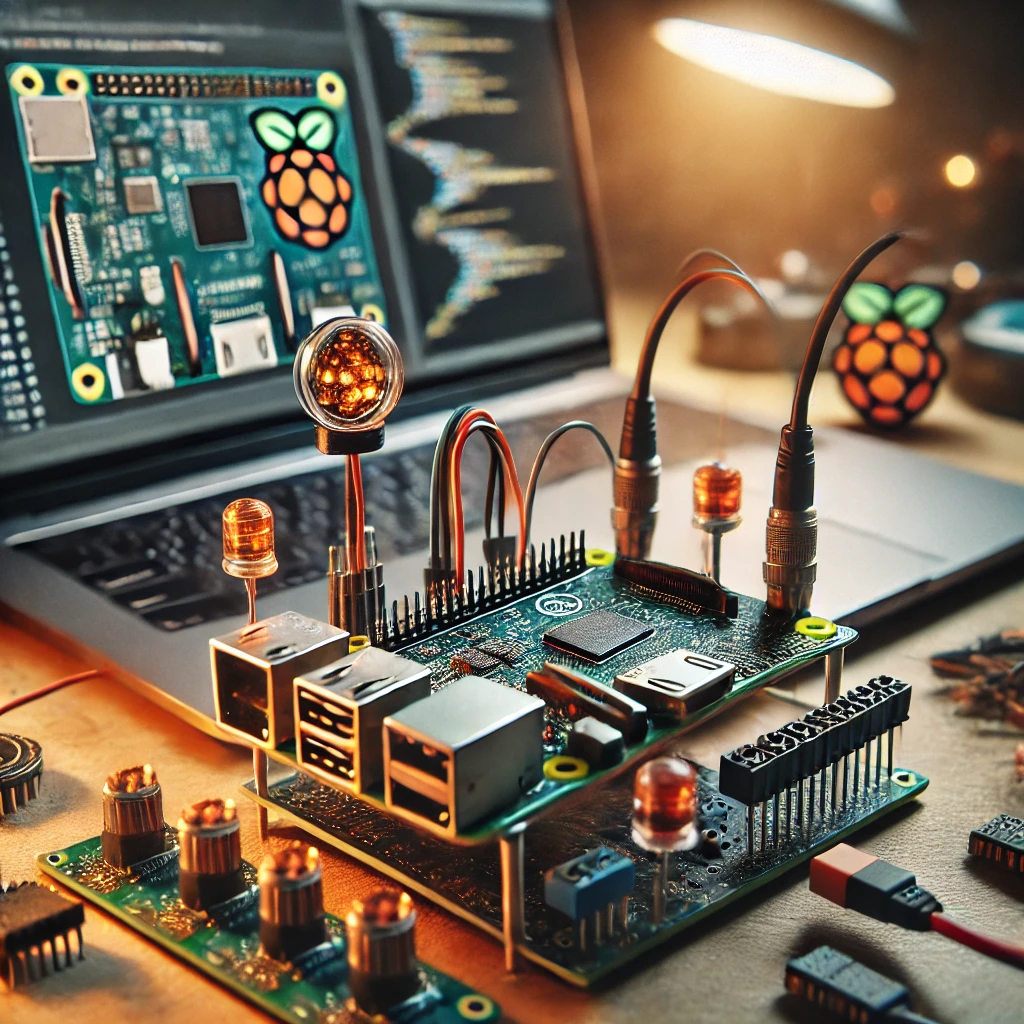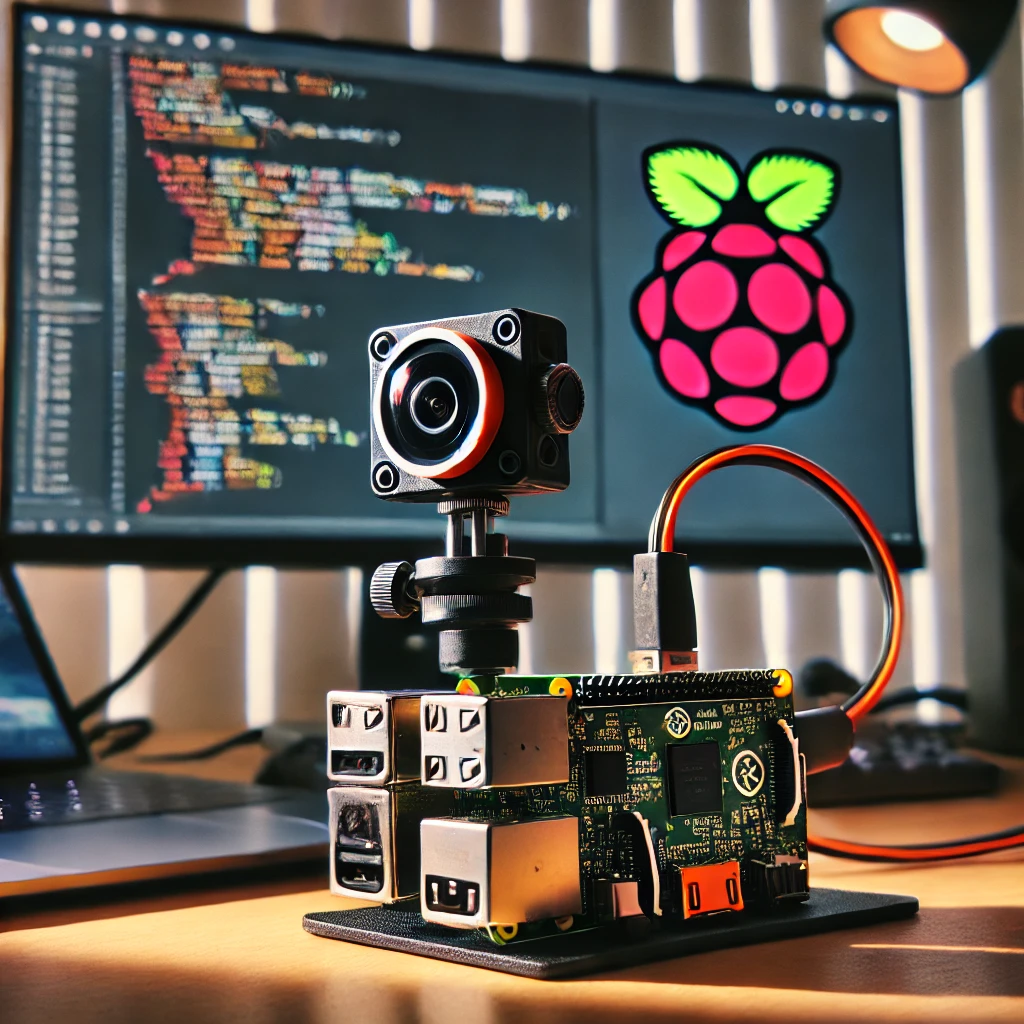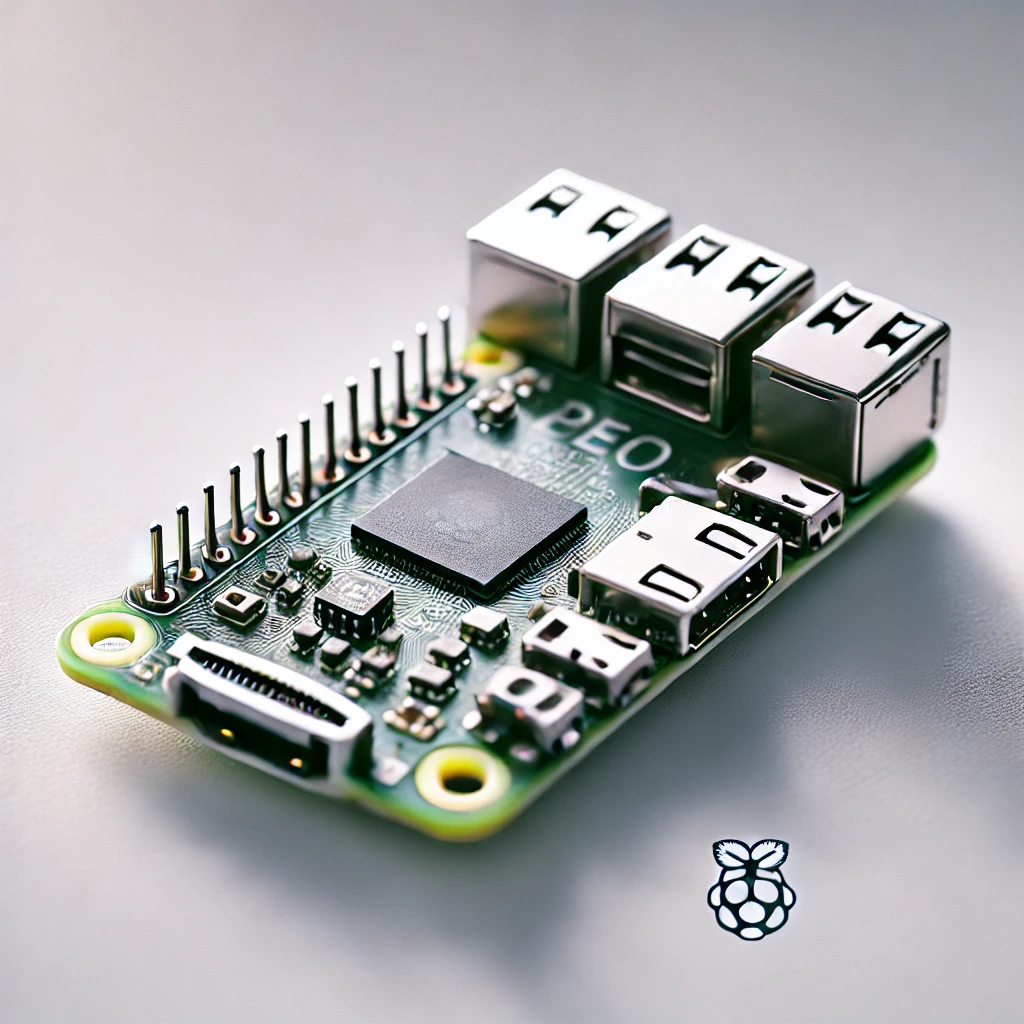The Orange Pi, a low-cost alternative to the Raspberry Pi, has gained popularity among hobbyists and developers. However, despite its affordability, the Orange Pi comes with several disadvantages that you should consider before choosing it for your projects. From software challenges to hardware inconsistencies, these factors can significantly affect your experience.
1. Limited Software Support
One of the most significant drawbacks of Orange Pi is its limited software ecosystem. Unlike Raspberry Pi, which has extensive support from the developer community and various operating systems, Orange Pi suffers from poor compatibility with mainstream software.
2. Inconsistent Hardware Quality
Another common issue with Orange Pi boards is hardware inconsistencies. Some users report malfunctions in ports, such as USB and HDMI connections. These issues may arise due to poor quality control or design flaws, making it less reliable compared to competitors.
3. Lack of Comprehensive Documentation
If you’re new to single-board computers, the lack of detailed and beginner-friendly documentation can be a major hurdle. Unlike Raspberry Pi, which has a vast library of tutorials and guides, Orange Pi documentation is often fragmented or outdated.
4. Smaller Developer Community
A smaller developer community can limit your access to troubleshooting help and software patches. Since Orange Pi has fewer users than Raspberry Pi, you may find it challenging to solve complex problems, as there are fewer forums and experts to turn to.
5. Power Efficiency Issues
The Orange Pi consumes more power than some other single-board computers, which can be problematic for power-sensitive applications. This is especially true when running resource-intensive tasks, leading to overheating and reduced performance over time.
While the Orange Pi offers an affordable alternative for those looking to experiment with single-board computers, it has several limitations, particularly in terms of software support, hardware reliability, and community assistance. These disadvantages can make it difficult for users to fully utilize the board, especially in comparison to its more established counterparts like Raspberry Pi.
Visit our other website: machinepwr.com

